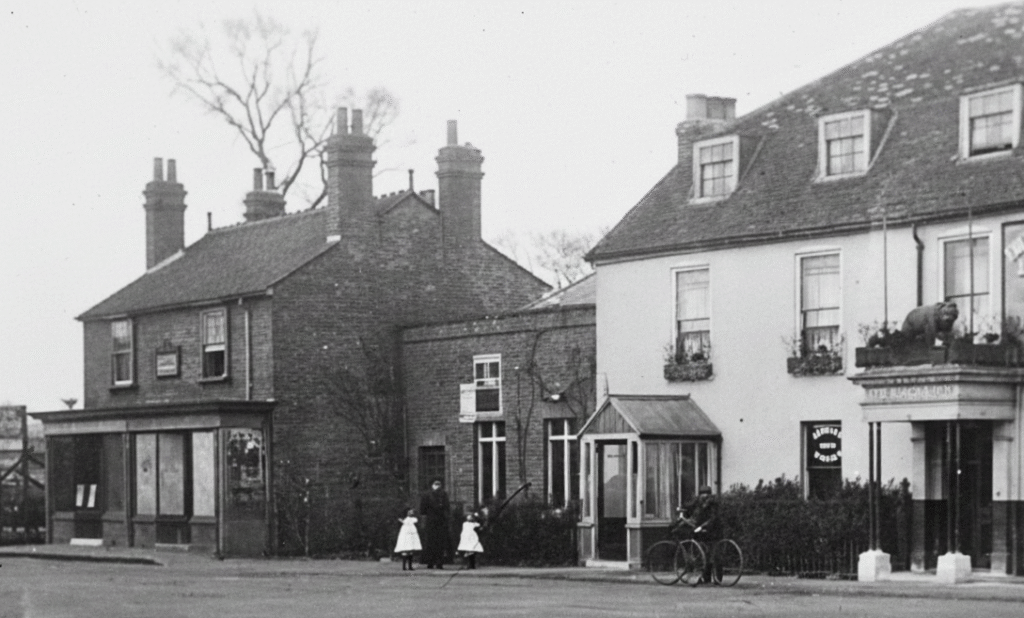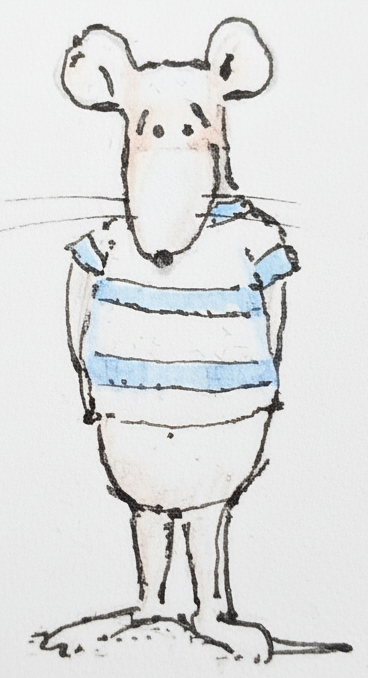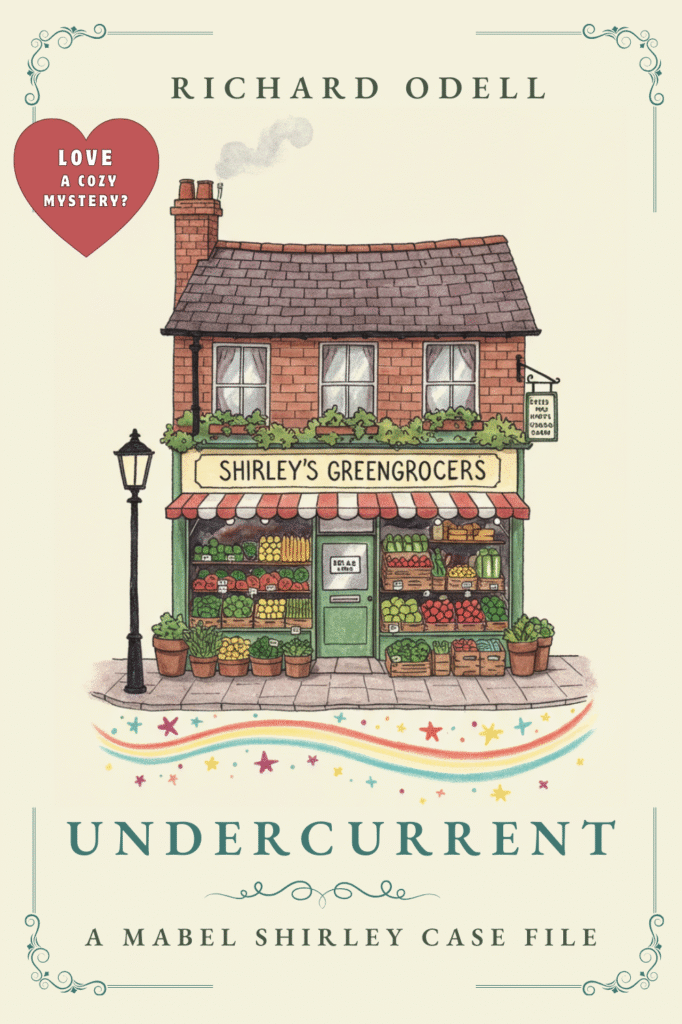About

It’s a strange thing, how the writing bug catches you. One small memory, tucked away from childhood, can spark a lifetime of stories.
I grew up in the early 1960s, part of a generation still living in the long shadow of war. The world around us was rebuilding, holding fast to what it could. On the edge of a London borough stood a small greengrocer’s shop that seemed untouched by time. Step inside, and the air was thick with the scent of apples and the earthiness of potatoes. It had a quiet magic of its own, a warmth no toy shop could match. My mother would stop there almost every afternoon, and I’d trail behind her, watching.

It was called Shirley’s Greengrocers, one shop away from the Brown Bear pub. It was tiny, cramped, and perfect. In winter, an old paraffin heater glowed in the corner, and a fat tabby cat made its throne on top of it. Somehow it never caught fire, though the faint smell of singed fur often mixed with that of cabbages.
That place never left me. Years later, when I began to write, the shop found its way onto the page and into my first novel, The Corpse Door. I always wondered what lay beyond its back room, what stories it might hide if only someone listened long enough.
Before Mabel Shirley ever took her first breath, there was Spud, a small mouse who found himself in that same shop, cared for by Ma Shirley. I wrote and illustrated it for children. Only one drawing survives now; the manuscript was lost in a house move long ago. Life, as it does, carried me forward — children, work, the quiet business of getting by.

In time I reached that point where you start to think about what you’ll leave behind. My imagination had never dimmed, but my skills in English were poor. I’d left school with one O-level in Art, and grammar wasn’t something I ever truly learned. I couldn’t type properly, and I barely knew how to build a website.
It took five long years of learning, failing, and trying again before the first book was finished. In those pages, the old shop lived again. Ma Shirley became Moll Shirley, and Mabel — once a quiet corner of the story — began to step forward.
There was something about her I couldn’t let go of. She was meant to stay in the background, yet she lingered, asking questions I couldn’t ignore. I found myself wondering what her life would become. The answer slipped into the epilogue of The Corpse Door, a late addition before publication — Mabel’s first whisper that she had more to say.
Her story should have begun in 1916, as the novel suggests, but it lacked the years that shaped her. Filling that gap became the seed of Undercurrent, her first collection of short stories. Through it, I built her world, gave her friends, and brought back an old companion — the cat who first warmed the shop’s paraffin glow.
This journey began as my health declined, but it opened a world of opportunity I never expected. It gave me purpose again — a way to keep creating into my autumn years and beyond. It’s brought me into contact with readers who love Mabel’s world as much as I do: people who want mystery and wonder without the blood and the lust.
By chance, or perhaps by fate, I’ve become a writer of cozy supernatural mysteries. And I’m deeply thankful for this final chance to tell my stories — before I, too, step beyond the veil.
Ready to enter Mabel’s world?
Click the image below to begin her first story for free.


The photos represent a lot of good work.